Fencing the garden
gail_ish
16 years ago
Featured Answer
Sort by:Oldest
Comments (19)
noinwi
16 years agolast modified: 9 years agoanney
16 years agolast modified: 9 years agoRelated Professionals
Middle Island Landscape Architects & Landscape Designers · Salem Landscape Architects & Landscape Designers · Sahuarita Landscape Architects & Landscape Designers · Americus Landscape Contractors · Beachwood Landscape Contractors · Brookline Landscape Contractors · Cockeysville Landscape Contractors · Dickinson Landscape Contractors · Elkridge Landscape Contractors · Hampton Bays Landscape Contractors · Mastic Beach Landscape Contractors · Ramsey Landscape Contractors · Secaucus Landscape Contractors · Tigard Landscape Contractors · Wilton Landscape Contractorsdigdirt2
16 years agolast modified: 9 years agoaustransplant
16 years agolast modified: 9 years agoanney
16 years agolast modified: 9 years agolaceyvail 6A, WV
16 years agolast modified: 9 years agofruithack
16 years agolast modified: 9 years agoanney
16 years agolast modified: 9 years agosinfonian
16 years agolast modified: 9 years agogail_ish
16 years agolast modified: 9 years agomarquette
16 years agolast modified: 9 years agogail_ish
16 years agolast modified: 9 years agosuburbangreen
16 years agolast modified: 9 years agokayhh
16 years agolast modified: 9 years agomistermower
16 years agolast modified: 9 years agobejay9_10
16 years agolast modified: 9 years agoanney
16 years agolast modified: 9 years agoskagit_goat_man_
16 years agolast modified: 9 years ago
Related Stories
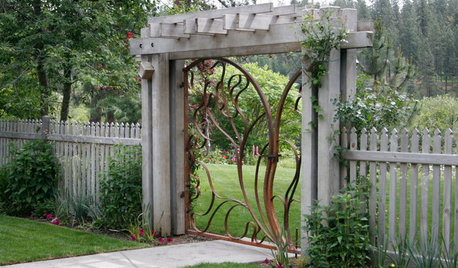
LANDSCAPE DESIGNThe Garden Gate: A Preface to the Story Your Garden Wants to Tell
Setting the tone for your garden starts with the right entry
Full Story
LANDSCAPE DESIGNGarden Walls: Dry-Stacked Stone Walls Keep Their Place in the Garden
See an ancient building technique that’s held stone walls together without mortar for centuries
Full Story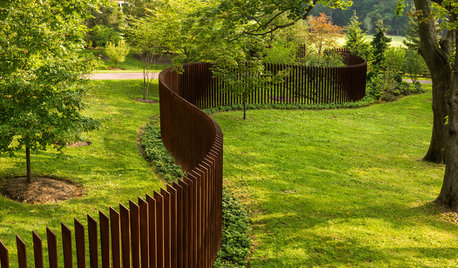
FENCES AND GATES12 Delightfully Different Garden Walls and Fences
If pickets seem picked over and you shrink from chain link, try these full-of-personality fencing alternatives
Full Story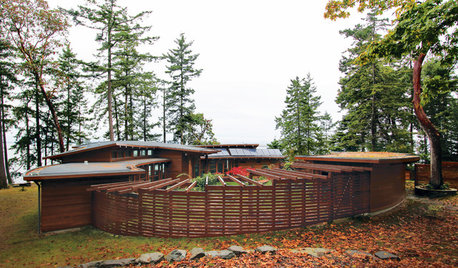
FENCES AND GATESA Deer Fence Can Be Decorative as Well as Protective
You need a monster-size fence to shelter your garden from deer, but it doesn’t have to look like a monstrosity
Full Story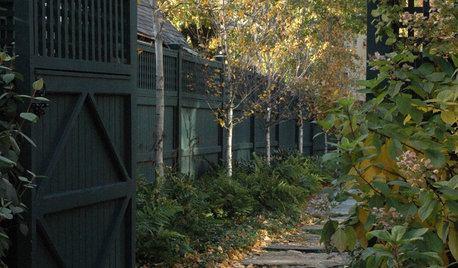
GARDENING AND LANDSCAPING12 Great Fences and Gates
Add Texture and Structure to your Garden With Fences with Flair
Full Story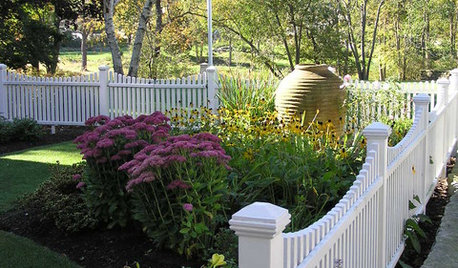
GARDENING AND LANDSCAPINGLandscape Detail: Do Fence Me In
For security and privacy or just a sweet backdrop to the begonias, a fence in your garden or yard is the finishing touch
Full Story
GARDENING GUIDESGreat Design Plant: Knock Out Roses
As glorious as their high-maintenance kin for a fraction of the work, Knock Out roses make even beginners look like garden stars
Full Story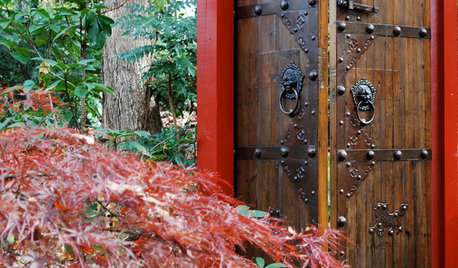
PHOTO FLIP77 Gorgeous Garden Gates
Enjoy these enticing entryways and the magical gardens beyond their doors
Full Story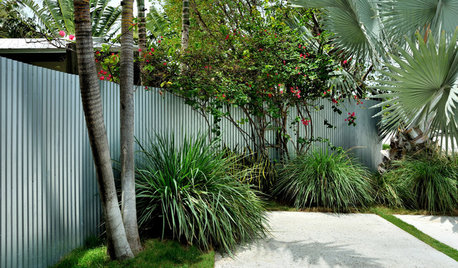
MATERIALSHumble Corrugated Metal Brings Modern Style to the Garden
This sustainable material is not just for rooftops. See these ideas for using it for fences, beds and rain barrels in your yard
Full Story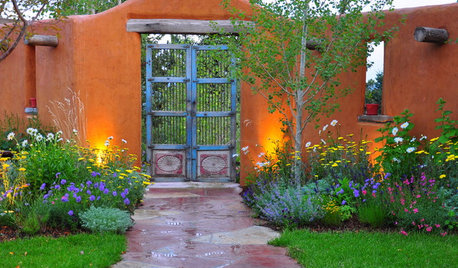
GARDENING AND LANDSCAPINGHow to Pick a Nice Wall for Your Garden Room
Made by hand, prefab or growing from the ground, garden walls are key landscaping elements. Here's what to think about for your yard
Full StorySponsored
Professional Remodelers in Franklin County Specializing Kitchen & Bath
More Discussions






Belgianpup